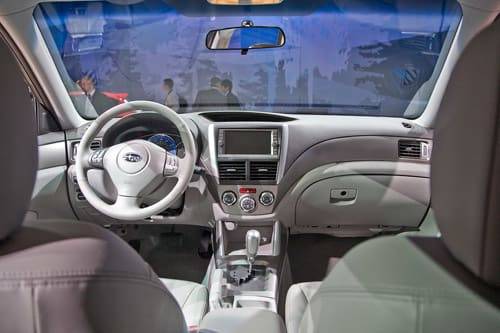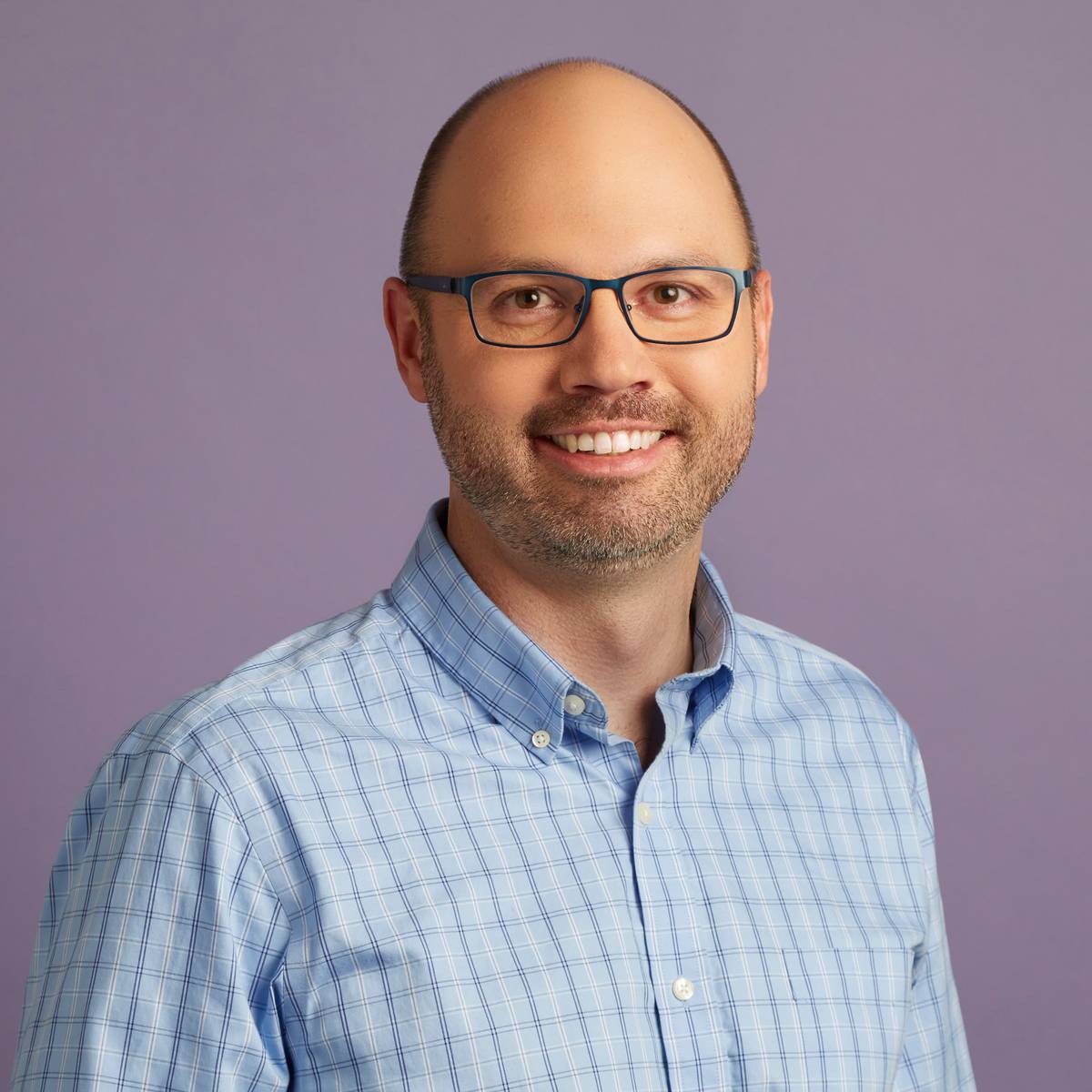First Drive: 2009 Subaru Forester


Despite being 6 years old, the outgoing Subaru Forester is still a Cars.com Best Bet. Naturally, we had high hopes for the redesigned model that debuted at January’s Detroit auto show. Subaru invited journalists to Southern California to put the SUV through its paces on- and off-road, and I can attest that the updates keep it as competitive as ever.
The engines — a regular or turbocharged four-cylinder — carry over with few changes. What’s improved is the highway experience: Efforts to quiet the cabin have paid off, and at 65 mph the Forester seems on par with most small SUVs for road and wind noise. That isn’t something I could say about the previous model.
Subaru says the vast majority of Forester buyers will get the non-turbo engine, and I can see why. Its 170 hp moves the SUV to highway speeds with acceptable oomph, especially with the smooth-shifting manual transmission. I actually preferred that engine’s gradual whine to the turbo’s choppy roar. The turbo engine’s extra grunt (224 hp worth) moves the Forester with authority, but its power comes and goes in patches. Prod the gas on the highway enough to prompt the automatic to downshift, and the SUV surges forward. Putter around town with anything short of concerted acceleration, and the extra power never feels apparent.

For the 1-to-2 mpg mileage penalty and premium fuel requirement, I’d pass — especially because you don’t need the turbo to have fun behind the wheel. Like Foresters past, the new model packs adroit moves: Steering is precise, body lean is relatively limited and braking is sure-footed. The redesigned Mitsubishi Outlander springs to mind as a similarly fun-to-drive SUV, and that’s good company to keep. (Unfortunately, the one variant that might have put the Forester over the top — a stick shift paired with the turbo — has been dropped due to lack of sales popularity.)
The exterior takes on a more generic SUV shape than before, but it keeps a lot of the utility that gave earlier Foresters a cult following. The doors now have framed windows, which makes for a heftier feel when you slam them shut. The cargo area boasts a wide opening and light liftgate, and Subaru says the roof rack’s 175-pound capacity beats most major competitors. (Indeed, the Honda CR-V’s rack takes just 75 pounds.)
The dash borrows heavily from the new Impreza, with panels flowing toward the A/C and audio controls. For the uninitiated, the layout might take some getting used to — the miniscule stereo buttons require 20/20 vision, and Subaru has scrapped the intuitive four o’clock cruise-control stalk for less-convenient cruise buttons on the steering wheel. The large rear window and narrow roof pillars make for excellent all-around views, save for a center rear seat belt that’s anchored in the ceiling. It will either dangle annoyingly in your rearview mirror, or you’ll leave it stowed in its ceiling slot where a center passenger is less likely to use it. Competitors like the Outlander and Ford Escape (not to mention most larger SUVs) address this with a seat-anchored belt.
Those are minor gripes, to be sure, especially when you consider the price. Subaru knocked more than $1,000 off, so without the destination charge the new Forester starts at $19,995. That’s with all-wheel drive and a host of new safety features, like side curtain airbags and stability control. Even when you add $1,200 for the automatic transmission, this Subie is a considerable bargain. To see how it stacks up across the board, stay tuned for our full review next week.

Former Assistant Managing Editor-News Kelsey Mays likes quality, reliability, safety and practicality. But he also likes a fair price.
Featured stories

Should Tesla Model Y Owners Get the New 2026?


2026 Nissan Leaf Review: Value Victory


